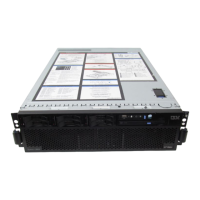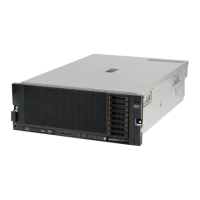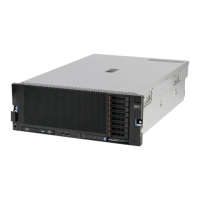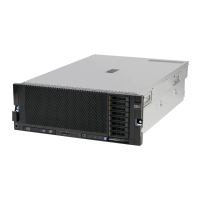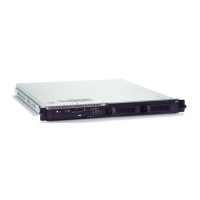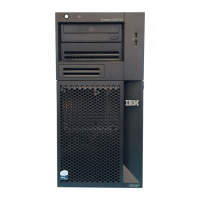230 IBM System x3850 X6 and x3950 X6 Planning and Implementation Guide
Windows Server 2008
To enable the Microsoft Emergency Messaging Service (EMS) and the Special Administration
Console (SAC), use the following procedure. You must have administrator privileges to
perform these steps.
1. Start a command prompt Start Run cmd.
2. Enter the command bootcfg.
Example 7-7 Output of the bootcfg command
C:\>bootcfg
Boot Loader Settings
--------------------
timeout:30
default:multi(0)disk(0)rdisk(0)partition(1)\WINDOWS
Boot Entries
------------
Boot entry ID: 1
OS Friendly Name: Windows Server 2003, Enterprise
Path: multi(0)disk(0)rdisk(0)partition(1)\WINDOWS
OS Load Options: /noexecute=optout /fastdetect
C:\>
3. Examine the output. If more than one boot entry exist, determine the default entry.
4. Enable EMS with the bootcfg /ems on /port com2 /baud 115200 /id 1 command. In our
example, the default boot entry has the ID 1 (Example 7-8).
Example 7-8 Output of the bootcfg /ems on /port com2 /baud 115200 /id 1 command
C:\>bootcfg /ems on /port com2 /baud 115200 /id 1
SUCCESS: Changed the redirection port in boot loader section.
SUCCESS: Changed the redirection baudrate in boot loader section.
SUCCESS: Changed the OS entry switches for line "1" in the BOOT.INI file.
5. Enter bootcfg again to verify that the EMS is activated. See Example 7-9.
Example 7-9 Output of the bootcfg command
C:\>bootcfg
Boot Loader Settings
--------------------
timeout: 30
default: multi(0)disk(0)rdisk(0)partition(1)\WINDOWS
redirect: COM2
redirectbaudrate:115200
Boot Entries
------------
Boot entry ID: 1
OS Friendly Name: Windows Server 2003, Enterprise
Path: multi(0)disk(0)rdisk(0)partition(1)\WINDOWS
OS Load Options: /noexecute=optout /fastdetect /redirect
C:\>
6. Reboot the server to make the changes effective.
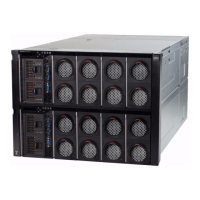
